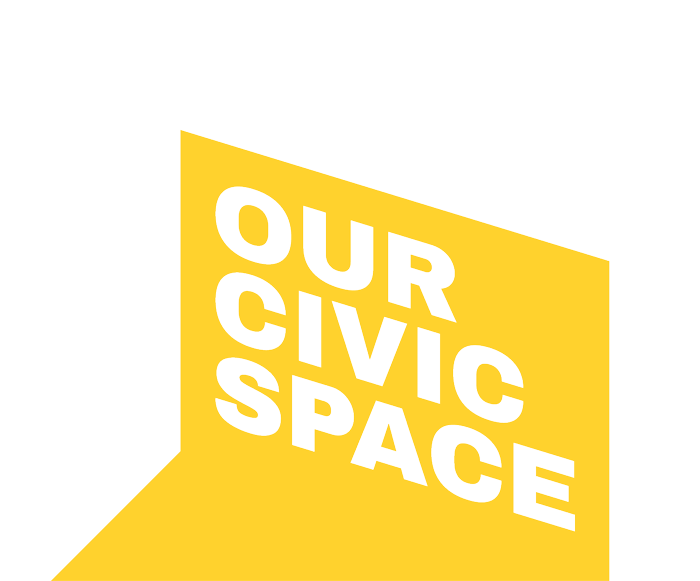Skate parks – the expression of an empowered youth
Skate parks and civic spaces, a priori don’t have much in common. Nevertheless, if we look at the skate parks more closely, they are often a vibrant space for the artistic and the sportive. They are also a place for freedom of expression. This provides a solid foundation for the empowerment of the youth.
The following example from the Czech Republic is a good evidence of that:
In the east of Prague, in the district of Ujezd nad Lesy, there used to be an old skate park, which needed some renovation urgently. It had some defects and presented some dangers to the riders. Despite that, it remained a popular gathering place for the youth and soon grew the idea to renovate the park. At first, the youth who visited park did not know how to proceed and request a renovation until a facebook group was formed with riders and the help of local community workers. As discussions followed and requests got more precise, the youth workers called out to the local municipality to inform them about their wish to have the skate park renovated. Eventually, a meeting with the youth, the social workers and representatives from the municipality was organised. After the meeting, the municipality discussed the proposal and together with the youth they agreed not to renovate the old park, but build a new skatepark. Some of the youth were then even involved in the creation of the park’s plans.
The construction of the skate park was completed in the summer of 2018 and a grand public opening was organised.
The skate park is now crowded with people. There are BMX, skate and scooter riders. The local youth centre organises regular events and in 2020, two official races took place there. Everything is prepared by the local youth, and the youth workers give them only support on punctual basis. Behind the skate park, there is a legal graffiti wall that the local youth also take care of and use as a wall for creative expression.
This example represents an ideal form of cooperation and empowerment of the youth. We often see the discouragement that youth can have in realising their ideas either because of the lack of guidance or the lack of trust in the ideas formulated. Here, the key element was the initial support that youth received from the local community workers with whom they were in a trusted relationship. This helped to shape the ideas more concretely, as the youth workers provided experience and also acted as a bridge towards the local authorities, what eventually made the initial idea realistic.
Written by INEX
